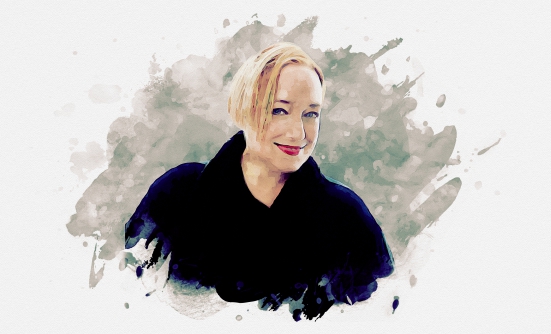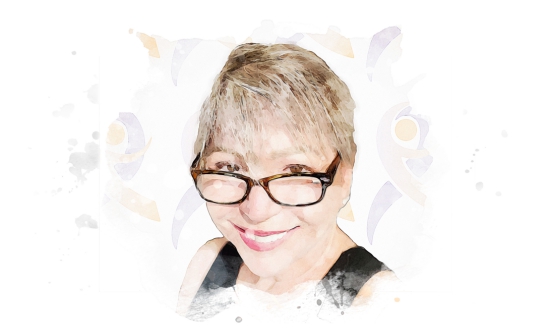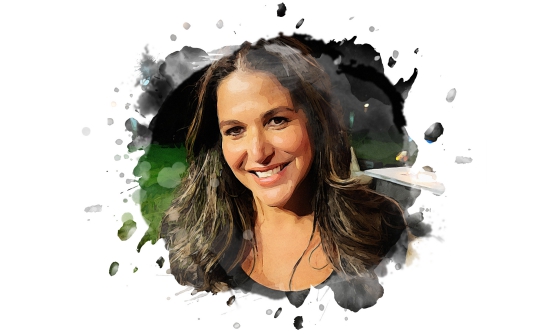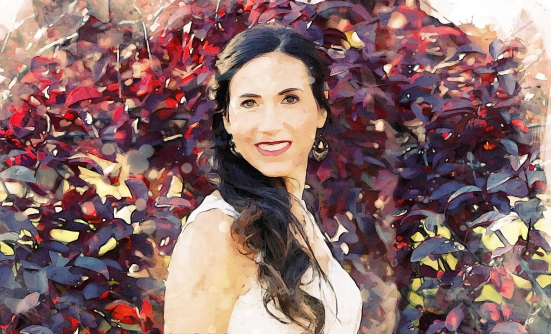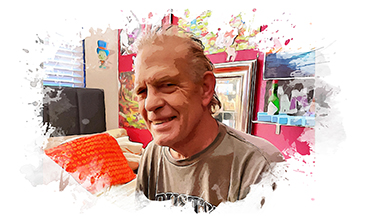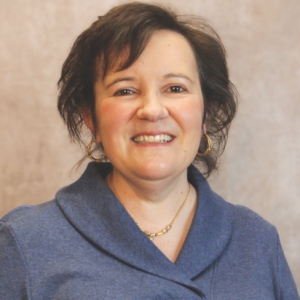
I had a brain tumor removed—twice—on September 29. Well, the same day, but 32 years apart. Neither surgery was planned in advance. In fact, both tumors were serious enough to be scheduled for immediate surgery. The first time I was a 9-year-old girl; the second time was in 2015, when I was a 41-year-old mom.
The 32 years between the 2 tumors were quite uneventful. During that period, I rarely had a headache, and had stopped the annual visits to my Indianapolis neurologist after graduating from college and moving several times, including my last move from Indiana to Maryland.
However, advances in technology, and the coming of the Internet age and social media, along with transitioning from a 9-year-old child to a mother of an almost 9-year-old child made the 2 experiences very different.
Nagging Headaches
On September 22, 2015, I went to an urgent care facility because of nagging, dull headaches I’d had for a month, but didn’t think the headaches were bad enough to be serious. Everyone came out of the closet, it seemed, with a headache story of their own, and none of them had a brain tumor. My story was different. The urgent care doctor told me to go to the hospital emergency department across the street.
“You have a meningioma,” the emergency department doctor told me after I had a CT scan. He explained that it was a type of tumor growing from the lining of my brain (meninges), and this type of tumor was usually benign (meaning not cancer). He told me to schedule an appointment with my doctor, to arrange for a consult with a neurosurgeon.
Considering the wealth of information online, I planned to learn everything I could about this condition. I had asked the doctor how to spell “meningioma,” then Googled it when I got to my car.
As a communications specialist, I have always prided myself on being able to spell terms I knew very little about. Knowing how to spell meningioma somehow made me feel better. And, because meningiomas were usually benign, doctors sometimes don’t do anything about them. So, I figured that it wouldn’t be as bad as my first tumor.
Brain Tumor #1
At age 9, after several months of bad headaches, I had a CT scan in September 1983. CT scans were new in our rural Indiana area (where we lived), and the test was in a neighboring county. I don’t remember being scared of the CT scan, and I had no idea what it could reveal—I just remember not wanting to miss a day of school or be sick.
My parents took me to my appointment with a neurologist soon after, and I was admitted to the hospital for 2 surgeries—one to place a shunt for hydrocephalus (surgical insertion of a tube to remove excess fluid from the brain), and one to remove the brain tumor (on September 29, 1983).
I left the hospital not fully understanding what had happened, but one day I overheard adults talking about my brain tumor, so I looked up “brain tumor” in our medical reference dictionary, which sat next to our Britannica encyclopedia set. I didn’t ask adults what it meant, and for years I didn’t fully understand my diagnosis. Nor did I know anyone else who had a childhood brain tumor.
My diagnosis was a cerebellar astrocytoma grade II, which meant it was not benign, but a very slow-growing brain tumor. After 2 surgeries and 2 weeks in the hospital, the surgeon thought he removed all of the tumor, but he told my parents it is possible that it might grow back. Despite knowing the risks of radiation, my parents opted for 5 weeks of radiation to reduce the chance of recurrence.
Radiation & My Hair
Although I had a tour of the radiation oncology department before being released from the hospital, I had no idea what radiation treatments were. I imagined a gas coming down from the machine as I laid underneath, having to breathe in the fumes. I dreaded starting treatment, not just because I would lose my hair, but because I imagined something awful.
I remember lying on my stomach while the nurses drew on the back of my head, marking the area that would be radiated. I felt a sense of relief when I realized the treatments had started and all I had to do was lie still.
Soon after, the short hair in the back of my head that had started growing back after the surgery, began to fall out in clumps. I remember lying in the bathtub, crying, as I pulled out my hair. Wigs for children were not common then, and my parents had to buy one for an adult, which our hairdresser cut down to size. I hated wearing it.
Nevertheless, I had much to be thankful for. The radiation oncologist was surprised that my hair grew back, and I had come very close to losing my eyesight. I escaped with no major deficits and enjoyed 32 years of rarely even a stress headache.
Brain Tumor #2
Three days after my meningioma diagnosis in the emergency department in 2015, I had an appointment with a neurosurgeon in Georgetown. He had ordered an MRI before my visit, and showed me and my husband the films on a computer. The tumor had caused swelling and had to be removed soon, so I was admitted to the hospital and was scheduled for surgery 4 days later, on September 29, 2015.
My twin sister flew in from Indiana to take care of our boys, and my parents flew in the day before surgery. Friends and family sent their prayers through Facebook and e-mail. My childhood friend asked for prayers, and I remembered the Care Bear her mom made for me the first time around.
Unlike the 2-week hospital stay in 1983, this was only a 3-day stay. As I woke up after surgery, I was surprised that I was only hooked up to an IV. I distinctly remembered after the first surgery waking up intubated and not being able to speak to my 2 aunts who had come to visit me with a Smurf Land Colorforms set and Shirt Tales diary.
Second Time Around
This time, I had a CT scan around 2 AM and then a regular breakfast. I walked around the unit with a nurse the next morning. My surgeon came in on the second day, saying I could go home, but I opted to stay another day to rest. With 2 young boys, I had not napped or watched TV alone in years. Although not the best of circumstances, this was not an opportunity to waste.
This meningioma was also grade II, so radiation was again recommended to reduce the risk of recurrence. I dreaded more radiation exposure but then made the same decision my parents had made years ago. After answering many questions from friends, I realized that most adults don’t know much about radiation.
My first appointment with the radiation technologists included a fitting for a mask that had little holes and fit snugly on my face and bolted down to the table. For each treatment, they would use the mask to line me up with the radiation machine. The mask had replaced the necessity of drawing a grid on the treatment area, as they did on the back of my head years ago. The discomfort from the tight mask for a few minutes during treatments was easier than walking around with a grid drawn on my face for 6 weeks.
After about 3 weeks of treatment, my hair started falling out, but this time I knew what to expect. I put on a hat and went to work after morning treatments, hoping that my hair would return just as it did 32 years ago.
Support System
I joined a Meningioma Mommas support group on Facebook and met many women who had gone through similar treatments for meningiomas. Through it, I realized that everyone’s experience is different, but that I was not alone.
September 29, 2020, marked my 5th and 37th “craniversary.” In early 2021, I had a necklace custom designed to mark the event. The pendant is a combination of a cancer ribbon and a fish (representing my Christian faith), and it includes 2 stones and the date “Sept 29” engraved.
For me, September 29 will always be a day to remember and be thankful for surviving brain surgery, not once, but twice, on the same day.







